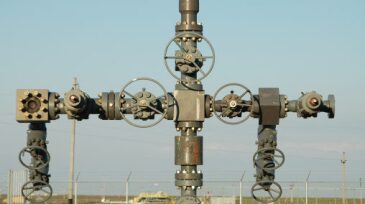

-
Five years since the start of the precipitous oil price drop that led to the industry’s worst recession since the 1980s, the oil market is still struggling with supply/demand balances and price stability.
-
More than 60 producers participate in the program designed to reduce wellsite emissions.
-
With the shale industry still awash in red ink, and oil prices falling, it may take more consolidation to try to bring some financial stability to the sector.
-
Although the shale sector continues to thrive, the pace of deepwater E&P is now gradually picking up.
-
Adoption of digital technologies will continue to improve the offshore sector, including improved well efficiency, real-time directional drilling, lower maintenance costs, and safer operations.
-
Natural gas, often hailed as the bridge to an energy future that will include greater demand for alternative energy supplies, may be poised to overtake oil as the globe’s primary fuel source in the next decade.
-
Another industry report issued last month touts the coming gains in US shale, predicting that the country will soon be the largest oil producer and possibly exporter in the world.
-
Last year, the SPE Board of Directors approved a new 5-year Strategic Plan, a blueprint to provide guidance on how the association can meet the needs and expectations of its members and the industry over the next several years.
-
Late December/early January is the time of year when industry outlooks are announced, revealing company spending plans, oil price predictions, and potential stumbling blocks.
-
The most recent report from the United Nation’s Intergovernmental Panel on Climate Change and December’s international conference on climate change held in Katowice, Poland, show that the world is not coming close to reaching the targets set in the landmark Paris Agreement of 2015.




